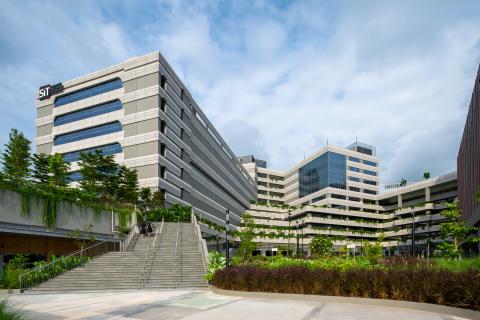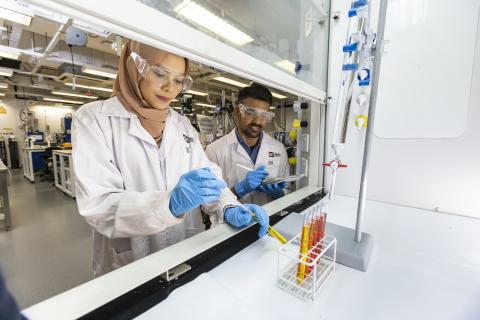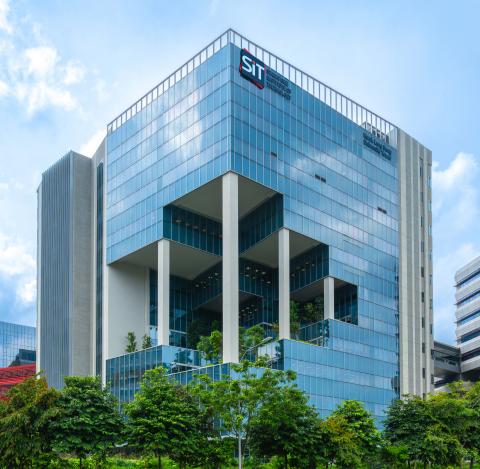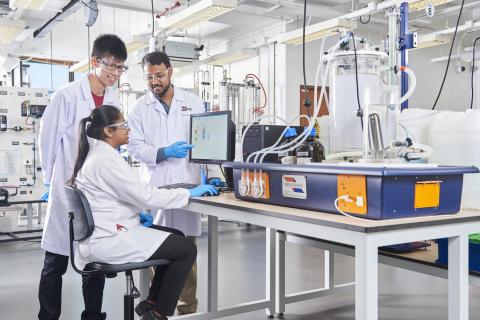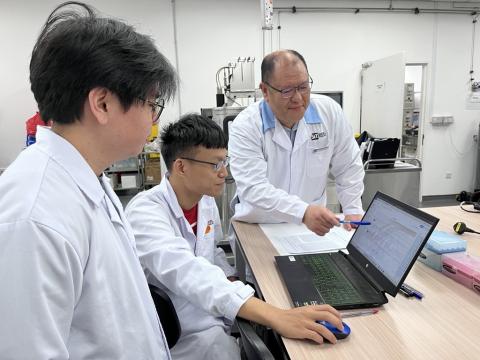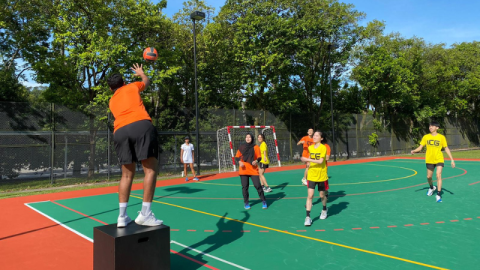![[FA] SIT One SITizen Alumni Initiative_Web banner_1244px x 688px.jpg](/sites/default/files/2024-12/%5BFA%5D%20%20SIT%20One%20SITizen%20Alumni%20Initiative_Web%20banner_1244px%20x%20688px.jpg)
Bridging education and industry to shape the workforce of tomorrow.
Explore programmes crafted to cultivate industry-relevant expertise.
Drive greater value with applied research that impacts industry.
Work with a diverse ecosystem of partners who connect curriculum with industry needs.
Build friendships, engage with the community, and grow beyond the classroom.
Giving to SIT:
Empowering Tomorrow, Today
Empowering Tomorrow, Today
-
Undergraduate Programmes
- Aerospace and Aviation
- Allied Health
- Building and Infrastructure Engineering
- Business and Management
- Chemical Engineering
- Design and Media
- Digital Supply Chain
- Electrical and Electronics Engineering
- Food Technology
- Information and Digital Technology
- Mechanical Engineering
- Nursing
- Pharmaceutical Engineering
- Systems Engineering
- Transport Engineering
